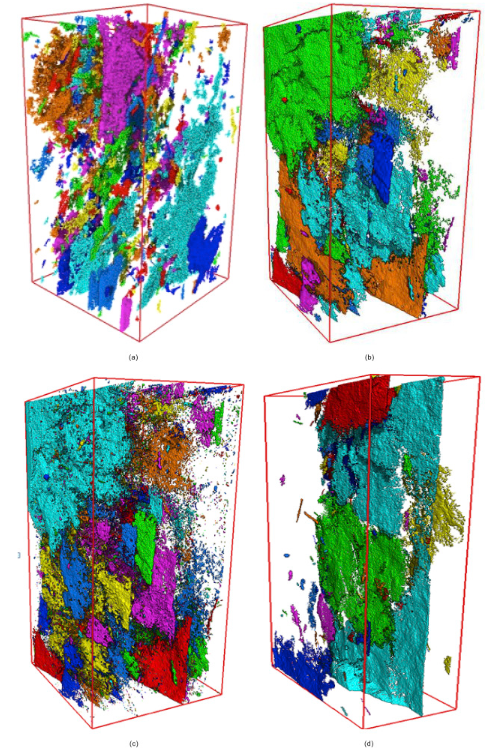Three-dimensional characterization of micro-fractures in shale reservoir rocks

Fractures are crucial for unconventional hydrocarbon exploitation, but it is difficult to accurately observe the 3D spatial distribution characteristics of fractures. Microtomography (micro-CT) technology makes it possible to observe the 3D structures of fractures at micro-scale. In this study, micron-CT scanning is conducted on multiple mud-shale samples of source rocks in the Permian Lucaogou Formation, Junggar Basin. The Avizo software is applied to process and segment the micron-CT images, so as to obtain the 3D fracture structure model inside rock core. Therefore, the independently-developed CTSTA program is adopted to quantitatively describe the micro-fractures inside rock core, including fracture dimension, extension direction and extension scale.